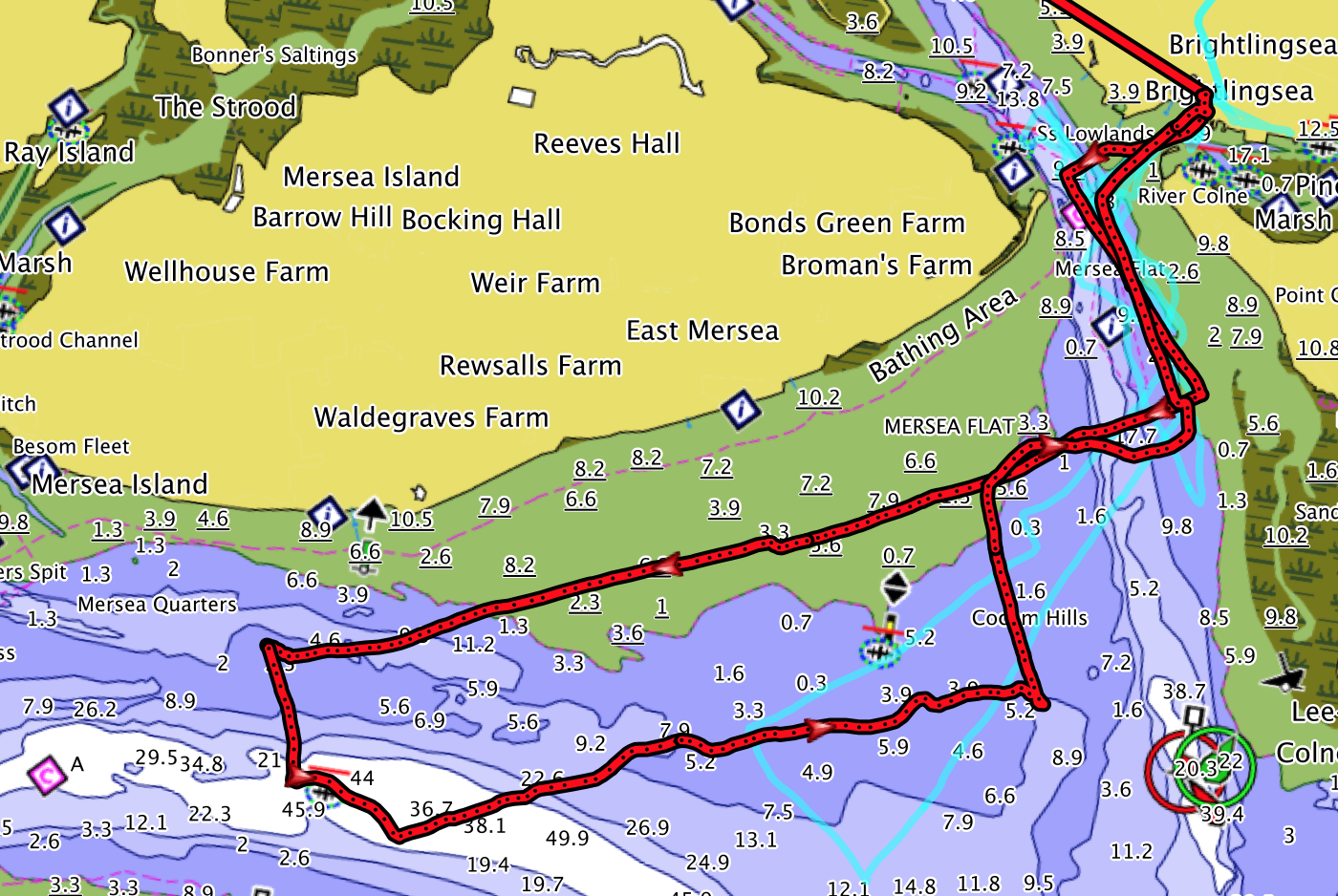Suffolk Rivers Raid August 2021
2021 has seen the revival of Thames Raiders, an informal group of sailors interested in exploring the amazing power of small catamarans to sail long distances safely and at high speed.
A group of catamarans is accompanied by a rib carrying dry clothes and camping equipment. All raids have so far started from Brightlingsea in Essex, and daily legs range from 30 to 150kms. Overnight stops are at beaches, sailing clubs or marinas and sleeping arrangements range from trampolines to tents or hotels if any can be found.
The six early raids all started from Brightlingsea in Essex. Since then attention has been focussed on competitive overseas events such as Round Texel, Costarmoricaine and the Archipelago Raid.
By contrast the Thames Raids are non-competitive – anyone who gets ahead is expected to stop and wait for others to catch up. Individuals are swapped regularly to give all raiders experience of sailing with different people and different boats.
Day 1 – Saturday 21st August – mini raid to Bradwell
The forecast was for rain and the planned trip to Pin Mill was abandoned. A short test raid to Bradwell was agreed instead. One trolley was used to haul the boats up the hard to allow for a pub lunch at the Green Man. A gentle start.
Day 2 – Sunday 22nd August – Brightlingsea to Orford – 63kms
The raid started in earnest with a trip up the Wallet against the flood tide. With the wind veering from SW to NW the run became a reach and fast progress was made.
The main challenge was the entrance to the River Ore. The ebb tide is said to flow out of the mouth at 5 knots plus, and with a NW wind it would be a beat. An early start was needed to hit the mouth at high water. We timed this well and at 1230 we were sailing smoothly into the river Ore, expecting to encounter a growing ebb tide. But we hadn’t factored in the tidal lags, and a helpful remaining flood took us up to Orford at speed.
We had a warm welcome from Orford sailing club members, who allowed us to sleep in a marquee erected in the club garden for their annual party. We met up with James Grogono, developer of Icarus, the early foiling catamaran, and author of “The Boat that Flew”.
Day 3 - Monday 23rd August – Orford to Aldeburgh to Ramsholt on the Deben
Our new understanding of the tide led to a change of plan on Monday. We would take the flood tide up to Aldeburgh for lunch at high water, and then take the ebb to the mouth of the Ore. We knew that it would be difficult to get into the Deben after high water, but at least the entrance was familiar ……… and we thought there would be sufficient wind.
But the wind decided to drop at about 4pm just as we tried to tack into the Deben entrance. There was even less apparent wind on the water due to wind and tide coming from same direction. We made progress on port tack and lost it again on starboard as the tide pushed us back towards the entrance. Eventually we lined the boats up behind the rib and towed them past Felixstowe Ferry Sailing Club.
If we did this again we would try to land on the spit at the mouth of the Deben and walk the boats through one of the gaps in the spit. Comments from anyone who has tried this are welcome.
Orfordness
Before leaving Orford we had the opportunity for an early morning whistle stop tour of Orfordness guided by Mike Finney of Cobra Mist, owners of the abandonned Anglo American experimental over-the -horizon radar station. We saw the detritus of years of military operations on the peninsular, now owned by the National Trust – a weird and fascinating place.
Day 4 – Tuesday 24th August 2021 – Ramsholt to Brightlingsea
The best sailing was left until last. A 15-20knots North Easterly pushed us down the Deben, over the bar and into the Wallet, known for its heavy seas when wind is against tide. But the catamarans were at their best, effortlessly eating the miles with spinnakers up and surfing on the waves. Soon we found ourselves reaching into the River Colne at 15-20 knots, hoping that the police wouldn’t camera the following rib[1].
Future raids
All agreed that this format could be repeated in future years. The number of boats needs to be kept small and the planning flexible. But the speed and versatility of small catamarans gives them huge range as cruising craft.
Raiders
William Sunnucks
Mike Hare
Nathaniel Ward
Josh O’Brien
Paddy Carr
Matt Liss (first two days)
Andy Liss (second two days)
Daniel Sturm
Maya Sturm (first 3 days)
David Nickalls (last day)
Chris Bailey (first and last day plus planning)
Rob Myers (third day)









